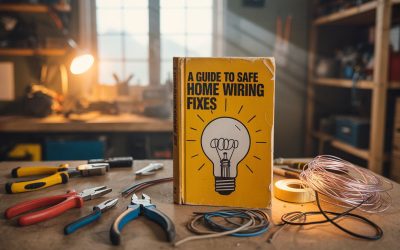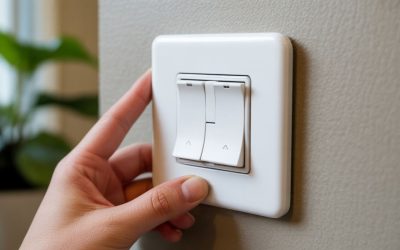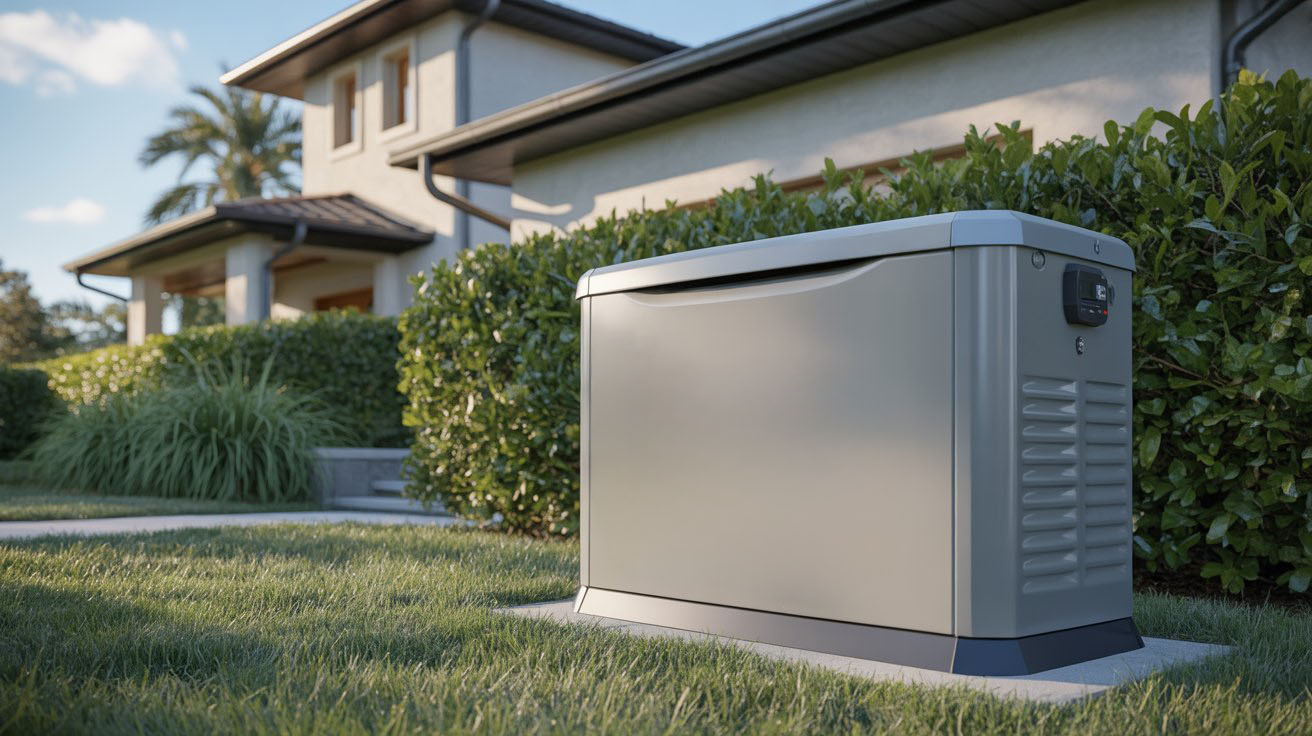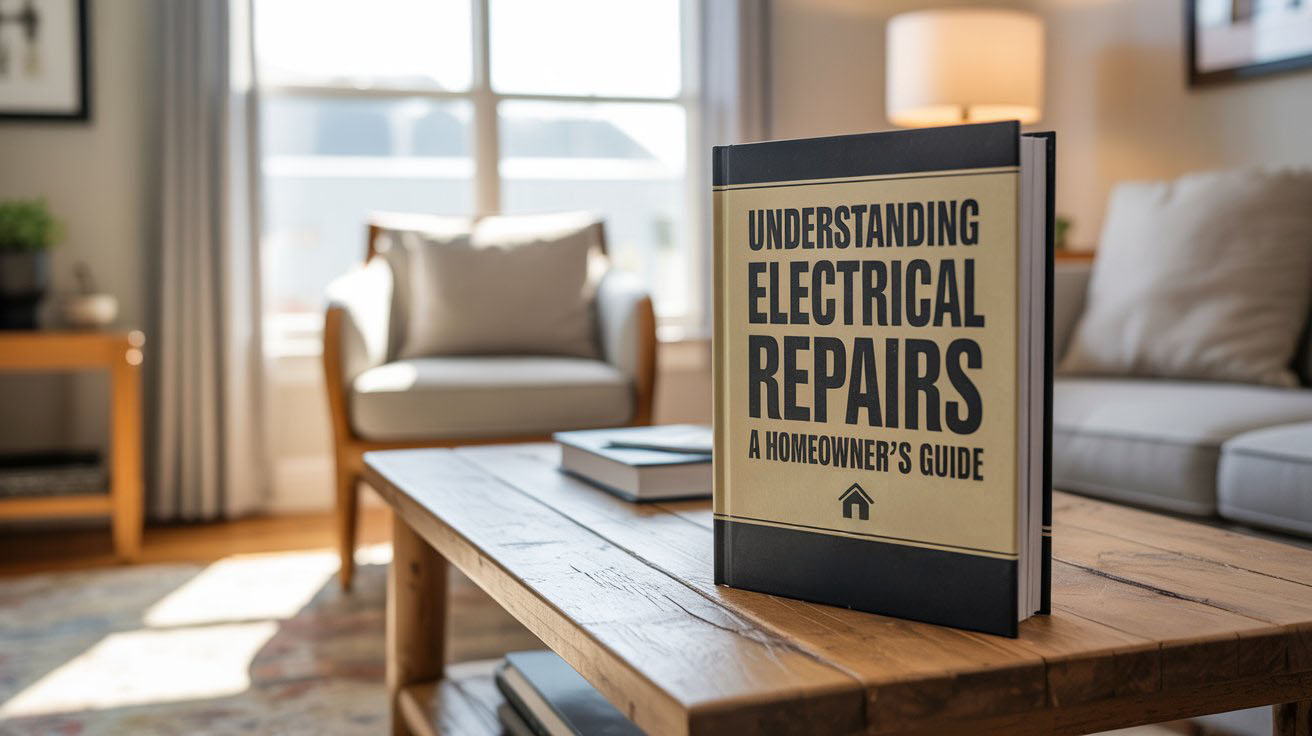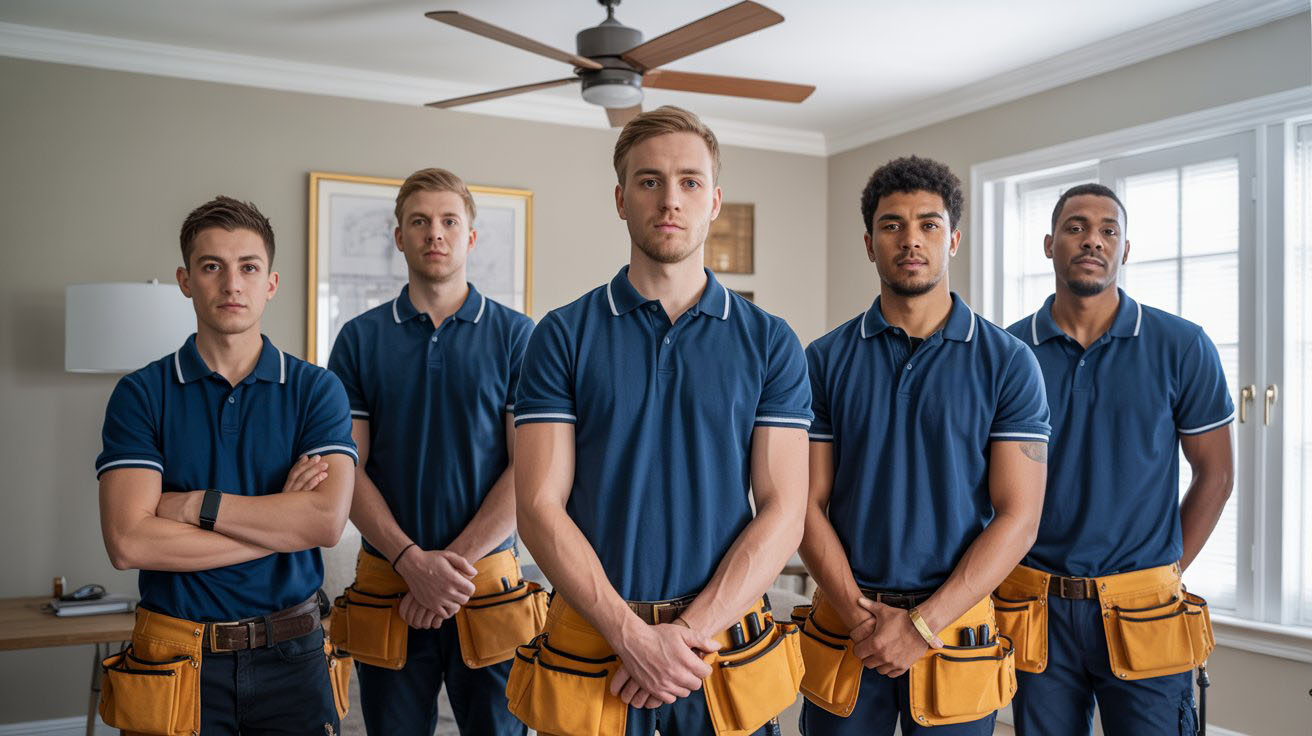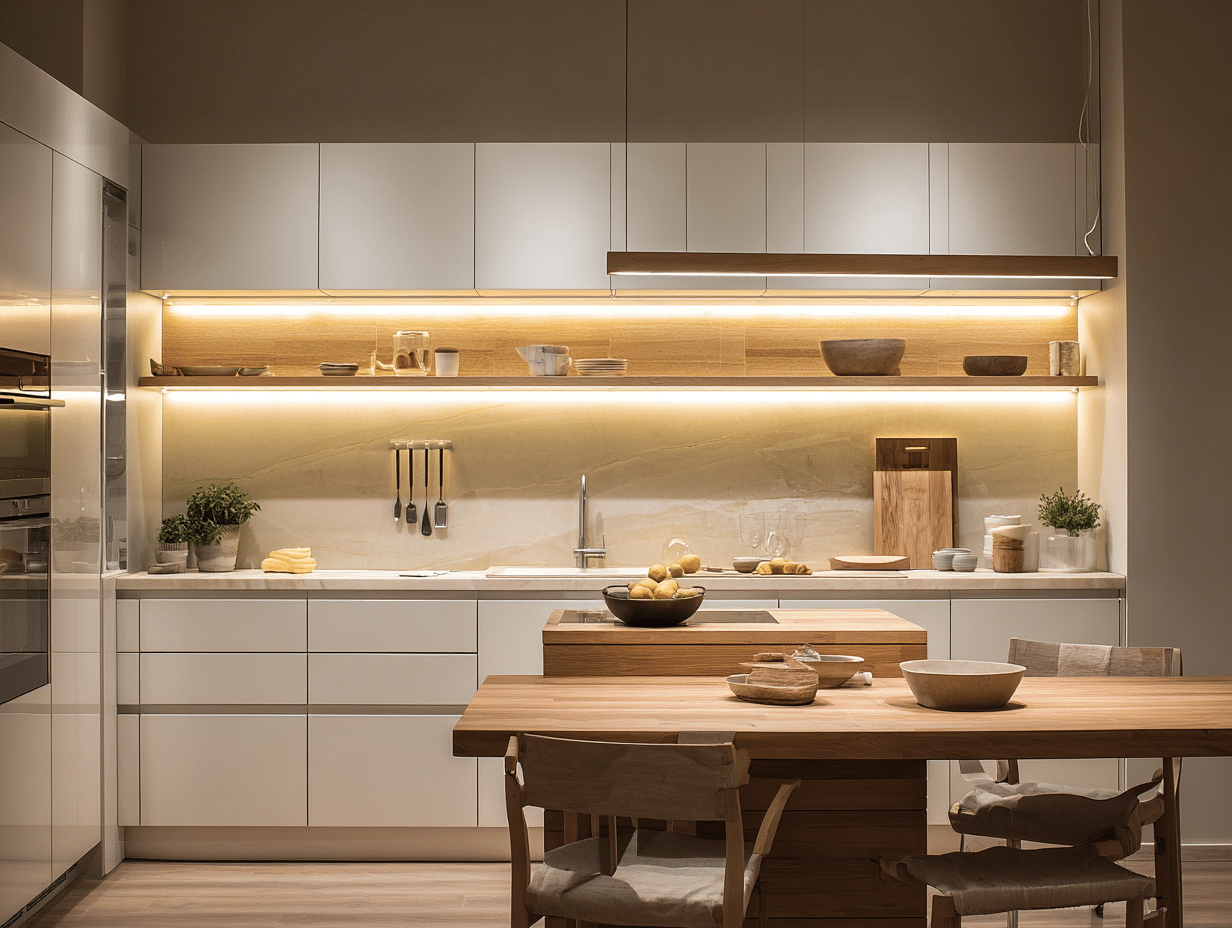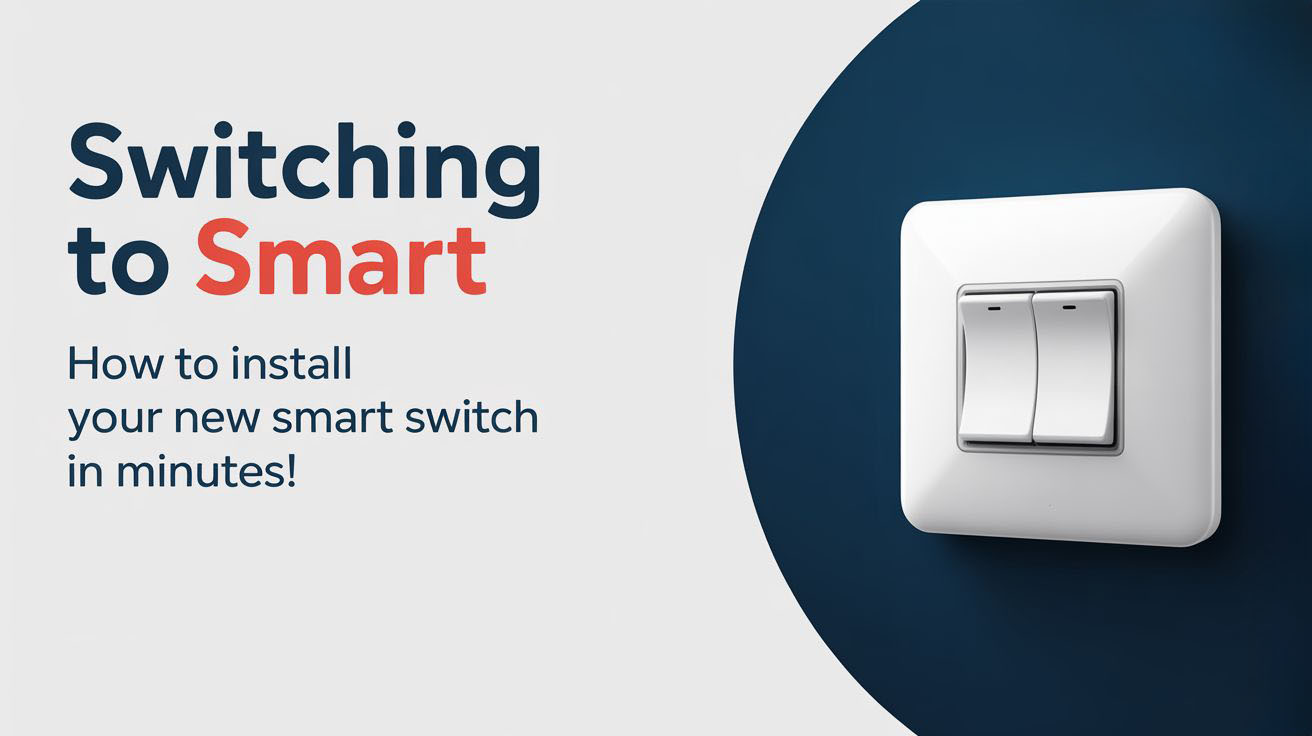When you need a licensed electrician in Tampa for kitchen and bathroom projects, safety comes first. These rooms have water, heat, and heavy-use outlets, so the work must be done right. If you live in Tampa, St. Petersburg, Brandon, or Clearwater, here is a simple guide to help you plan safe electrical work at home.
Table of Contents
- Why Kitchens and Bathrooms Need a Licensed Electrician
- Tampa Codes, Permits, and Inspections
- Safe Kitchen Electrical Upgrades
- Safe Bathroom Electrical Projects
- Panels, Circuits, and Surge Protection for Tampa Storms
- How We Plan, Price, and Schedule in Tampa
- Signs You Need an Electrician Now
- Key Takeaways
- FAQs
Why Kitchens and Bathrooms Need a Licensed Electrician
Kitchens and bathrooms have water and steam. That means they need special outlets, switches, and lights to stay safe. A licensed electrician knows the right parts and the right way to install them so your family can use these rooms every day without worry.
Homes in South Tampa, Seminole Heights, and Carrollwood range from older bungalows to new builds. Older homes may have worn wires or not enough circuits for today’s appliances. In humid Tampa weather, poor wiring can corrode faster. A pro can spot problems and bring your system up to code.
Tampa Codes, Permits, and Inspections
Most kitchen and bathroom electrical work in the City of Tampa needs a permit. This includes new circuits, moving outlets, adding a vent fan, or installing a new subpanel. After the work, the city or Hillsborough County inspector will check that everything meets code. This protects you if you sell your home and keeps your insurance valid.
Electricians follow the National Electrical Code (NEC) for safety. You can read more about the National Electrical Code (NEC) from NFPA. In some cases, we also coordinate with Tampa Electric (TECO) if power needs to be shut off for a panel or service change.
Permitting times vary, but simple permits can often be pulled within a few days. In nearby areas like Brandon, Riverview, and Westchase, the process is similar, though the permit office may be county-based. A licensed electrician will handle the paperwork and schedule inspections so your project moves smoothly.
Safe Kitchen Electrical Upgrades
The kitchen is one of the most power-hungry rooms in your home. Large appliances, small appliances, lighting, and outlets all need careful planning. Safe upgrades help prevent shocks and trips while also making cooking easier and safer.
If you are opening walls or adding appliances, plan for new circuits and kitchen wiring that fits the load. This includes dedicated lines for the microwave, dishwasher, disposal, and range. It also includes outlets placed where you actually cook and prep, so cords do not stretch over sinks or hot surfaces.
- GFCI protection near water: GFCI outlets should serve the areas near sinks and wet zones to reduce shock risks.
- Dedicated appliance circuits: Ovens, cooktops, microwaves, and refrigerators often need their own lines so breakers do not trip.
- Countertop outlets: Outlets should be spaced so you can plug in safely without extension cords.
- Under-cabinet and task lighting: Damp-rated LED lighting keeps counters bright and cool.
- Island and peninsula power: Islands often need at least one outlet for mixers or blenders.
- Switch location and height: Easy-to-reach switches make the room safer for kids and guests.
Many Tampa homes benefit from new switches and outlets with GFCI protection and child-safe features. If your home in Hyde Park or New Tampa has granite backsplashes or a unique layout, your electrician can plan outlet height and spacing that fit both code and the way you use the space.
Safe Bathroom Electrical Projects
Bathrooms add moisture, steam, and metal fixtures, which raise the risk of shock. The right outlets and lights cut that risk. Good vent fans also move damp air out fast, which helps wiring and paint last longer.
ESFI has clear guidance on why GFCIs are needed around water. Learn more from the GFCI guidance from ESFI so you know what to expect during your project.
- GFCI outlets: Place these near sinks, showers, and tubs to reduce shock risk.
- Damp- or wet-rated fixtures: Choose lights rated for showers or steam areas so fixtures last and stay safe.
- Exhaust fans: Size the fan to the room and duct it correctly to remove moisture and heat.
- Heaters and towel warmers: Many need dedicated circuits and careful placement away from water.
- Vanity lighting: Set at the right height to reduce shadows and help with shaving or makeup.
- Bonding and grounding: Proper grounding helps protect you if a fault happens.
In older Tampa and Ybor City homes, we often find outdated two-prong outlets, no GFCIs, or cloth-insulated wires. During a remodel, it is wise to update these parts so your bathroom meets today’s safety needs. Good planning now saves time and cost later.
Panels, Circuits, and Surge Protection for Tampa Storms
Tampa sees heavy rain and frequent lightning, especially in summer afternoons. Power spikes can damage smart fridges, ranges, fans, and LED lights. Whole-home surge protection adds a layer of defense for your kitchen and bath gear.
If your lights dim when appliances start, or breakers trip often, your panel may be undersized. A licensed electrician can check panel space, breaker size, and circuit loads. In some cases, we suggest a panel or service upgrade to support modern kitchens and spa-like bathrooms.
To reduce storm damage, many homeowners add whole-home surge protectors at the panel and use point-of-use protection for key devices. AFCI and GFCI breakers also add safety by watching for arc faults and ground faults. These steps help keep homes in Lutz, Odessa, and Temple Terrace safer during storm season.
How We Plan, Price, and Schedule in Tampa
The first step is a short visit to review your goals. We check your panel, grounding, and outlets, and note any water or heat sources. You get a clear plan that fits your space and budget. This includes line items for circuits, outlets, lighting, fans, permits, and inspections.
Permits in Tampa are usually pulled before work begins. We schedule work hours to limit downtime in your kitchen or bathroom. For panel work that needs a TECO shutoff, we plan it ahead so power is back the same day. You get updates at each step so you know what is coming next.
For homes in Davis Islands, Westchase, and Brandon, project timelines can vary based on materials and permit review. Simple outlet and light upgrades may take one day. Full kitchen and bath remodels may take several visits based on tile, cabinets, and inspection timing.
Signs You Need an Electrician Now
Some warning signs mean you should call a licensed electrician soon. These signs can point to hidden hazards behind walls or at the panel. Quick action helps prevent shocks and fires.
- Hot or buzzing outlets: Heat or noise from outlets or switches is a red flag.
- Flickering lights: This can mean loose connections or overloaded circuits.
- Breakers that keep tripping: Frequent trips can show a wiring or appliance issue.
- Two-prong outlets in old baths: These lack a equipment ground and need an update.
- Rust in the panel: Tampa’s humidity can corrode parts and create risk.
- No GFCI by sinks: Wet locations need GFCI for safety.
If you see any of these, pause DIY plans and call a pro. In coastal spots like Clearwater and St. Pete Beach, salt air speeds up corrosion. A licensed electrician can replace bad parts and make sure your system is safe for daily use.
Quick Safety Summary
Safe kitchens and bathrooms come from good planning, the right parts, and clean work. Tampa weather and local rules make professional help even more important. Keep these points in mind as you plan your project.
Key Takeaways
- Use GFCI outlets in all wet and damp areas to reduce shock risk.
- Plan dedicated circuits for large kitchen appliances to avoid breaker trips.
- Choose damp- or wet-rated lighting and fans for bathrooms and over sinks.
- Pull permits in Tampa or Hillsborough County and schedule inspections to meet code.
- Add surge protection to guard your home during Tampa’s storm season.
- Work with a licensed electrician for safe wiring, proper grounding, and a clean finish.
Tampa Kitchen and Bath Electrical FAQs
Homeowners across Tampa often ask the same questions when planning a kitchen or bathroom project. These answers will help you get started and avoid delays.
Commonly Asked Questions
Do I need a permit for new kitchen or bathroom outlets?
Yes. In the City of Tampa and Hillsborough County, new circuits and outlet changes usually need a permit. Your electrician will pull the permit and schedule the inspection.
What is a GFCI, and where is it required?
A GFCI is a safety outlet that shuts off power fast if it senses a ground fault. It is required near sinks, tubs, and showers, and in other wet or damp areas.
My breakers trip when I use the microwave and toaster. What should I do?
You may need a dedicated circuit or load balancing. A licensed electrician can test the circuit and add the right line so your kitchen can handle both at once.
Can I install a light over my shower?
Yes, but the fixture must be wet-rated and installed at the proper height. The switch should be outside the water zone and on a GFCI or GFCI-protected circuit as required by code.
How long does a typical bathroom electrical upgrade take?
Simple updates like a fan and GFCI outlets may take half a day. Larger remodels with new circuits and lighting can take one to three days plus inspection time.
Schedule Your Electrical Service Today
Safe kitchens and bathrooms start with the right plan and a licensed electrician who knows Tampa’s codes. Whether you need new circuits, GFCI protection, or better lighting, we are ready to help. To get started, please contact us and share your goals and timeline. We serve Tampa, Brandon, Carrollwood, and nearby neighborhoods with prompt, careful work you can trust.


